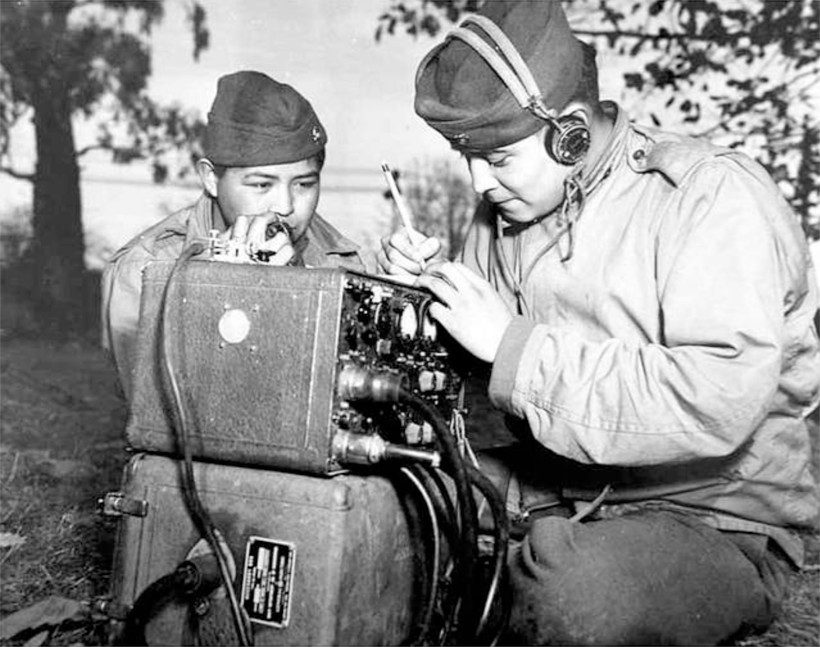
(Credit: “America’s secret weapon: Navajo Code Talkers [Image 3 of 3]” from Defense Visual Information Distribution Service, July 7, 1943. Public Domain.)
When we think of war heroes, we imagine valiant soldiers wielding weapons. While veterans like these exist, countless others were behind the frontlines, facing more cerebral challenges. In 1942, the US Marine Corps enlisted the help of Native American soldiers who would become the legendary Navajo Code Talkers. These men developed a secret code for military messages that helped end the Second World War.
Sending Military Messages in Code
Military personnel have always used secret codes to encrypt their messages and prevent them from falling into the wrong hands. During WWI, soldiers developed hundreds of complex codes and ciphers to communicate across enemy lines. One of the most famous examples is the Zimmermann Telegram, which British intelligence intercepted and decoded in 1917.
Substitution ciphers form the base of many military codes. To use one, encoders would replace letters or sometimes entire words with unrelated letters or words to form a sentence only intelligible to those in the know. The Navajo Code Talkers substituted English words with their native language to create their code during WWII.
Why the Navajo Language Makes the Perfect Code
The Navajo are a Native American tribe from the southwest, and most of their people still live in New Mexico, Arizona, and Utah today. The Navajo language, also known as Diné, is incredibly complex. Tone and pitch are essential, and a slightly mismatched inflection could change the meaning of a sentence entirely.
Navajo is an endangered language that not many people can speak fluently today. During the years of the Second World War, there was no writing system, so the only way to learn it was through conversation. Its rarity and complexity made it the perfect language for a military code. Unlike other Native American languages, Navajo was still a mystery to foreigners until the 21st century.
Recruiting Navajo Warriors for the US Marines
After the surprise attack on Pearl Harbor in 1941, the US military was looking for ways to strengthen its forces. It had used Native American languages to create secret codes before and was happy to try Navajo when Philip Johnston presented the idea in 1942. Johnston was a civil engineer who grew up on a Navajo reservation in Arizona. His parents were missionaries there, and he spent his childhood learning the language from local children.
With his knowledge of the language and people, he enlisted a few volunteers to demonstrate their skills at Camp Elliott, California. The US Marine Corps was impressed by the men’s abilities to switch seamlessly between English and Navajo and approved the project. Twenty-nine Navajo recruits received military training and developed the new secret code shortly afterward.
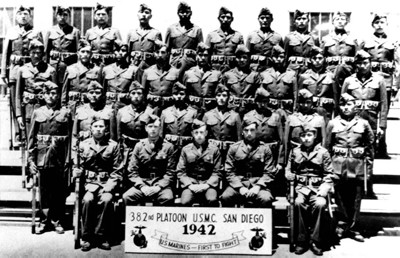
(Credit: adapted from the Defense Media Network. Public Domain.)
About 400 people served as Navajo Code Talkers throughout the war, decoding hundreds of messages from dozens of battle sites. According to the CIA, these incredible Navajo recruits could translate encrypted messages in under three minutes.
The Unbreakable Navajo Code
 The Navajo code was complex enough to remain unbroken throughout the war. It consisted of an alphabet substitution system and a dictionary of Navajo code words. The code words were used for vehicles, animals, ammunition, and other military-related terms. For example, the code word for “battleship” was Lo-Tso–the Navajo word for whale.
The Navajo code was complex enough to remain unbroken throughout the war. It consisted of an alphabet substitution system and a dictionary of Navajo code words. The code words were used for vehicles, animals, ammunition, and other military-related terms. For example, the code word for “battleship” was Lo-Tso–the Navajo word for whale.
When sending messages outside the scope of the predetermined code words, the Navajo Code Talkers substituted English letters for Navajo words. For example, Gloe-Ih means “weasel” in Navajo. In code, this word stood for the letter W. Therefore, the word “west” might sound something like this in Navajo code: Gloe-Ih (weasel), Ah-Jah (ear), Dibeh (sheep), D-Ah (tea). The complete Code Talkers Dictionary is available on the US Naval History website.
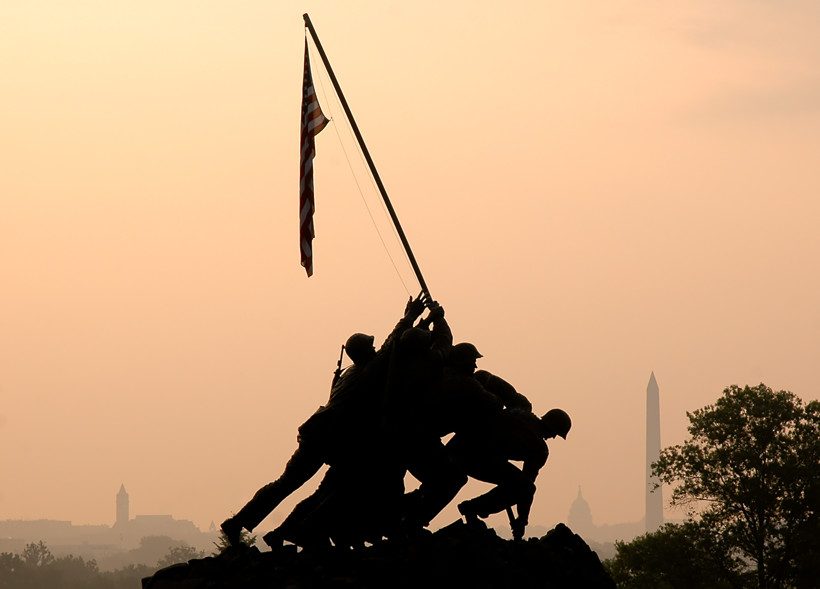
The Navajo Code Talkers’ Success at Iwo Jima
The Navajo Code Talkers played a critical role in the battles that transpired in the Pacific towards the end of the war. In early 1945, the US Marine and Navy Corps combined forces to capture the Japanese Island of Iwo Jima in a bloody battle that lasted 36 days. During this time, six Code Talkers were on the ground, relaying over 800 messages without a single flaw.
The work was dangerous and exhausting, with Japanese soldiers frequently targeting the Navajo radio operators. The Code Talkers worked in pairs – one person working the radio and the other encoding or decoding the message. Later, Marine signal officer Maj. Howard Connor commended the Code Talkers for their heroic work on the island. Connor famously said, “Were it not for the Navajos, the Marines would never have taken Iwo Jima.”
Sworn to Secrecy for 26 Years
The Axis powers never managed to decode any of the Navajo messages sent during WWII. The Native American Marines never shared the details of their work with their families, and the code remained classified until 1968. Before then, the US military had been using Navajo code to relay secret messages about the Cold War.
The story of Joe Kieyoomia attests to the Navajo code’s absolute secrecy and unbreakable nature. Kieyoomia was a Navajo soldier captured in the Philippines in 1942. Japanese soldiers interrogated him, trying to force him to decode the Navajo messages they had intercepted. Although Kieyoomia spoke Navajo fluently, he was not trained in the code and could not crack it.
Navajo Code Talkers Receive Presidential Recognition
After the War, the Navajo Code Talkers continued to work with the US government until 1968, when they officially declassified the code. However, the code talkers were not recognized for their bravery and military contributions until over a decade later. In 1982, President Ronald Reagan awarded the soldiers a certificate of recognition and declared August 14 as “Navajo Code Talkers Day.”
In 2001, President George W Bush held a public ceremony to honor the Code Talkers. He presented Congressional gold medals to the 29 Navajo men who developed the code. Other Navajo soldiers who participated in the Code Talkers program received silver medals. President Donald Trump honored the remaining Code Talkers again in 2017.
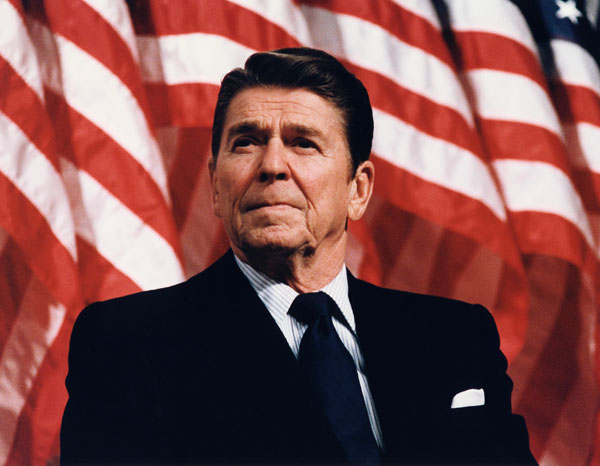
(Credit: “President Reagan speaking at a rally for Senator Durenberger” Michael Evans, February 8, 1982. From the National Archives. Public Domain.)
Other Native American Code Talkers in the Military
The Navajo Code Talkers program is the most famous instance of a military group using a traditional language to create a secret code. However, many other Native American tribes served before the Navajo. During WWI, the US military enlisted intelligence personnel from two groups:
- The Cherokee were the first tribe of Native Americans to serve as code talkers for the US military. The Germans intercepted many of the Allies’ messages during WWI, which proved easy to decode because they were in English or other European languages. In 1917, a North Carolina regiment assigned Cherokee soldiers as telegraph officers, ordering them to send messages in their native language to avoid interception.
- The Choctaw. During the Meuse-Argonne campaign in 1918, several Choctaw soldiers transmitted military messages. The Choctaw spoke their native language and managed to take a German stronghold entirely by surprise. After their initial success, the Choctaw began developing a code system, although they never had the opportunity to use it in battle.
The Value of Preserving Rare Languages
The Navajo Code Talkers proved that there is a place for indigenous languages in modern society. Without them, WWII may have ended very differently. The number of Navajo language speakers has been steadily declining since the 1980s, and in 2010, only 51% of Navajos could speak Diné. Thankfully, governments and private institutions are fighting to preserve it, alongside many other endangered languages from around the world.
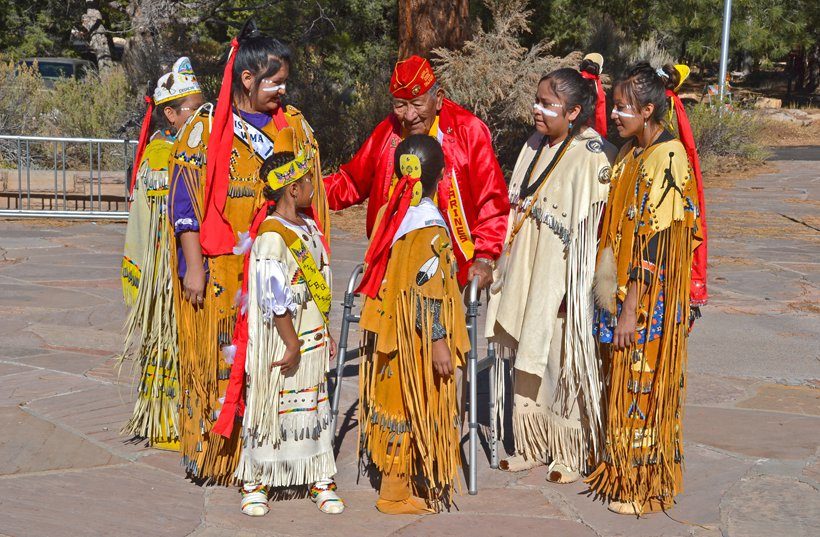
(Credit: Grand Canyon National Park, CC BY 2.0, via Wikimedia Commons.)
Lessons Learned From the Navajo Code Talkers
The Navajo Code Talkers program highlights the value of diversity and the effects language barriers can have on human communication. Although many Navajo people were forced to learn English from a young age and discouraged from speaking their native language, they still readily served in the US military. In doing so, they brought attention to indigenous languages and peoples across America, earning the respect of the military and government.
Translating Linguistic Resources
Languages with no writing systems tend to become dormant faster. That’s why creating resources like textbooks, novels, and films in indigenous languages is so important. They can stimulate interest in the language and help preserve the history and culture of those who speak it.
Documenting a language in writing also provides educational information for non-native speakers who want to learn it. It supports teachers and parents who want to pass on cultural heritage to the next generation. Accurate translation is crucial for capturing all the nuances of a traditional language.